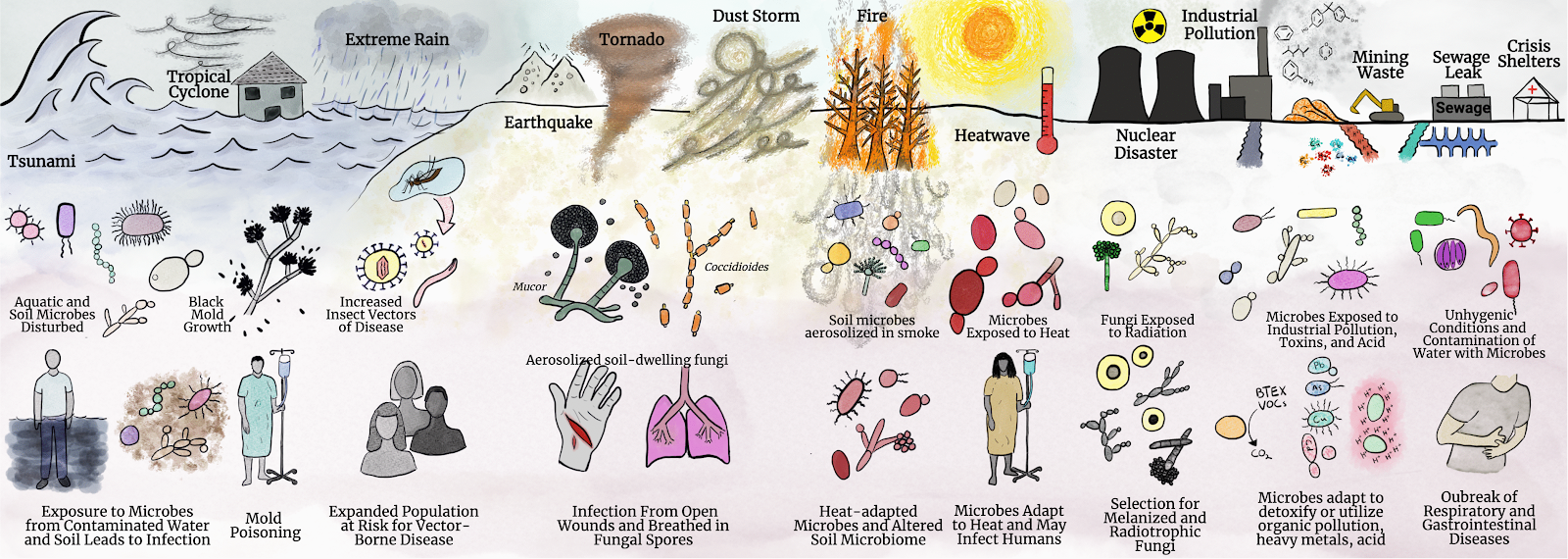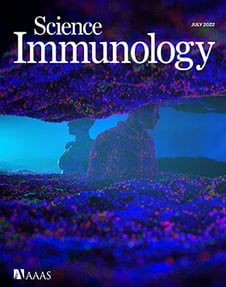Just 10 months after the initial genome sequencing of the SARS-CoV-2 virus, two mRNA vaccines were demonstrated to provide 95% efficacy against symptomatic infections via randomized, placebo-controlled trials of more than 74,000 participants ( 1 ). That unprecedented success was, in part, fueled by the $10 billion governmental investment in Operation Warp Speed (OWS) in March 2020 to accelerate the development, manufacturing, and distribution of COVID-19 vaccines. We urgently need such an accelerated initiative now for nasal vaccines. During the first year of the pandemic, meaningful evolution of the virus was slow-paced, without any functional consequences, but since that time we have seen a succession of important variants of concern, with increasing transmissibility and immune evasion, culminating in the Omicron lineages. With that, there has been a dramatic falloff in the capacity for vaccinations and booster shots to block infections and transmission ( 2 ). A major unmet cli...






